5 Stunning Japandi Living Room Ideas And 5 Common Mistakes to Avoid
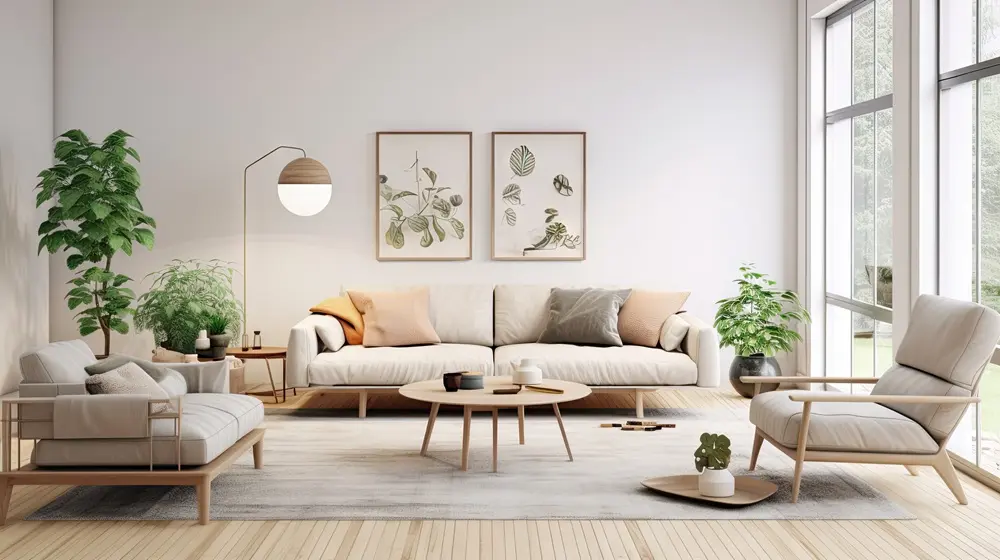
Elegant and grounded, Japandi style is redefining modern living room design. Combining the serene elegance of Japanese aesthetics with the cozy functionality of Scandinavian style, Japandi living rooms offer a perfect balance of calm, warmth, and intention, often appealing to those who crave quiet, order, and a deeper connection to nature within their homes.
In this guide, discover 5 stunning Japandi living room ideas to spark your creativity, and learn how to steer clear of 5 common mistakes that can disrupt the harmony of your space. Whether you are just beginning your Japandi journey or refining an existing decor, these tips will help you create a space that is thoughtfully designed for both style and everyday living.
What Is Japandi Living Room Design?
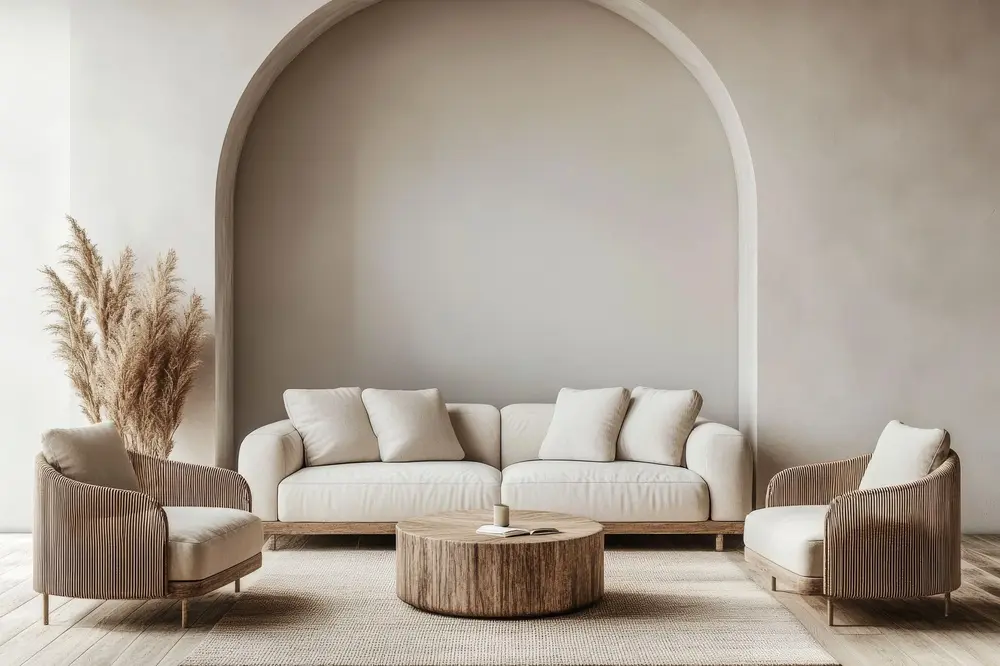
Japandi living room design is a harmonious fusion of Japanese minimalism and Scandinavian functionality. This hybrid style blends the serene, nature-inspired elements of traditional Japanese interiors with the cozy, practical features of Nordic design. The result is a living space that feels calm, uncluttered, and deeply intentional.
Rooted in simplicity and functionality, Japandi interiors prioritize natural materials, neutral tones, and clean lines. Instead of ornate embellishments or vibrant colors, the emphasis is on craftsmanship, texture, and the art of living with less—but better. Whether you live in a spacious home or a compact apartment, Japandi design offers a balanced approach that encourages mindfulness and comfort in everyday living.
Key Elements of a Japandi Living Room
Low, Structured Sofas in Neutral Tones
Furniture in a Japandi living room tends to be close to the ground, inspired by traditional Japanese interiors. Sofas should be streamlined, structured, and functional—no oversized arms or plush, bulky silhouettes. Choose upholstery in neutral fabrics like linen or cotton in shades of beige, light gray, or taupe. These tones keep the room feeling light, spacious, and calm, while the low profile fosters a grounded, contemplative ambiance.
Simple Wooden Tables and Functional TV Stands
Wood is a foundational material in Japandi interiors. Coffee tables, side tables, and media consoles are best in natural finishes that showcase wood grain and craftsmanship. Look for pieces made from light or medium-toned woods like oak, ash, or walnut, with a matte or raw finish. Functionality is key—choose furniture with hidden drawers to discreetly store clutter. Think of your coffee table not just as a surface, but as an opportunity to balance form and utility.
Earthy Color Palettes
Color in Japandi design is never loud. Instead, it serves to relax the eye and mind. Start with a base of off-white, cream, or stone gray, and layer in muted hues like sage green, clay, sand, and charcoal. These earthy shades reflect nature's quiet elegance and help create a cohesive, understated environment. Accent colors, if used at all, should be organic and subtle—think of mossy greens, soft terracotta, or stormy blue-gray.
Warm Lighting
Lighting plays a crucial role in Japandi living rooms by shaping mood and warmth. Avoid cold, white overhead lights that can feel sterile. Instead, layer your lighting using different sources: floor lamps with linen shades, soft-glow table lamps, and pendant lights with natural materials like paper, bamboo, or rattan. Japanese paper lanterns add a diffused, ethereal quality that enhances the room's softness and serenity.
Minimal, Intentional Decor
Japandi decor is about restraint and purpose. Each item should serve a role, either functional or deeply meaningful. Replace gallery walls and shelves full of knick-knacks with one or two well-placed elements, such as a sculptural ceramic vase, a carefully trimmed bonsai tree, or a hand-thrown bowl. Items with visible craftsmanship like raku pottery, calligraphy scrolls, or handmade wooden trays, connect the space to human touch and tradition.
5 Stunning Japandi Living Room Inspirations
1. Contemporary Calm: A Minimalist Japandi Living Room with a Sofa in Japandi Colors
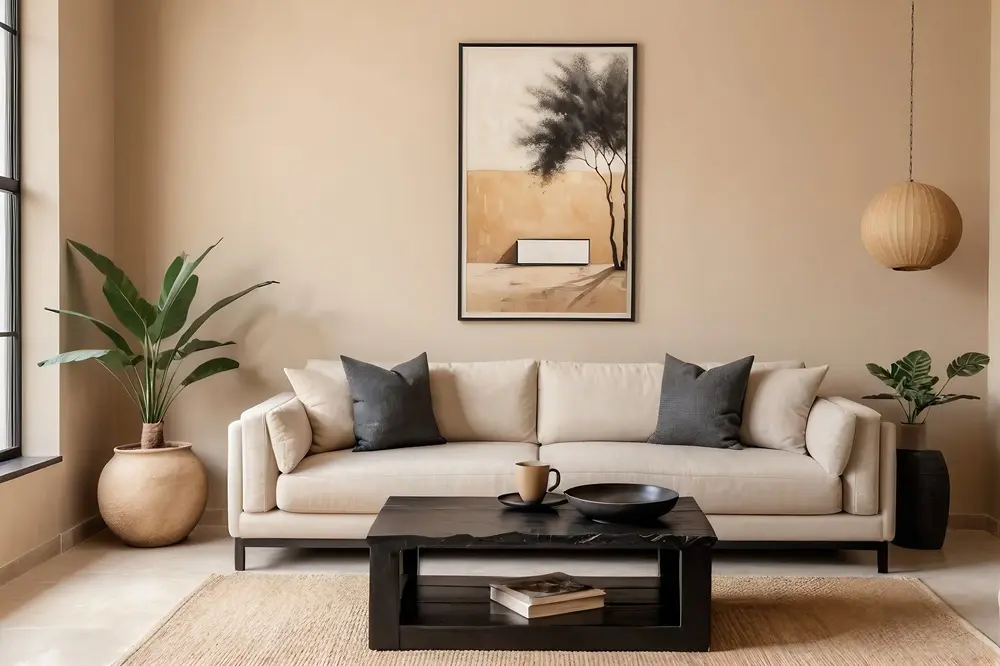
In this living room, a structured beige sofa anchors the space, complemented by a simple black coffee table which adds grounding contrast. A neutral jute rug adds texture underfoot, while a wall art in soft black ink brings in a hint of Japanese ink painting. The room is spacious without feeling empty, filled with natural light and free from visual clutter. This setup embodies the modern essence of Japandi living—refined, functional, and tranquil.
2. Compact Harmony: Japandi Living Room with Smart Storage Solutions
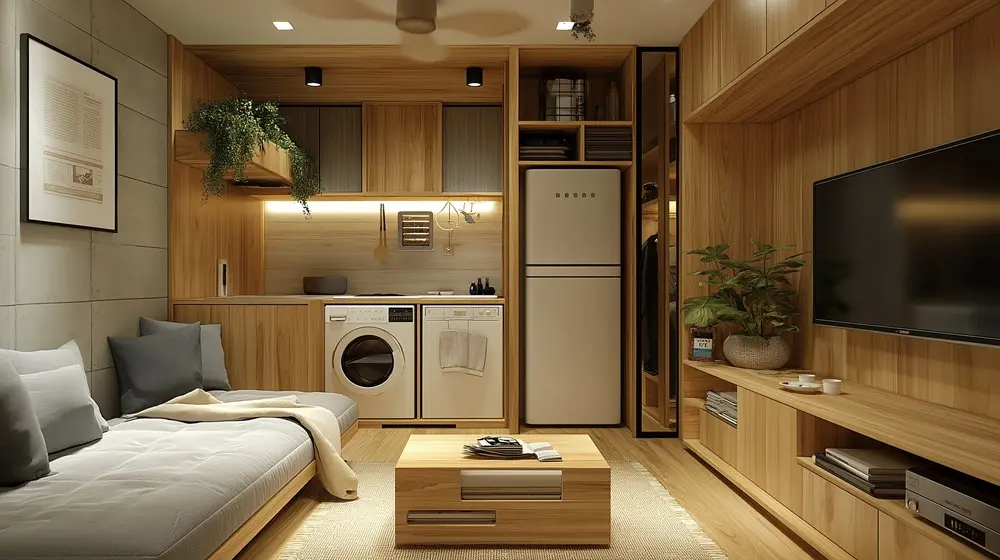
Japandi home inspiration works beautifully in small spaces. Natural wood finishes create warmth and harmony, while built-in cabinetry, hidden storage, and low-profile furnishings keep the layout clean and functional. A minimalist futon-style sofa, neutral-toned cushions, and a simple wooden coffee table maintain an uncluttered aesthetic. The integration of everyday appliances into sleek cabinetry, along with soft lighting and touches of greenery, enhances the sense of calm. By using pale wood tones, concealed storage, and a low visual profile, the space feels serene, airy, and exceptionally well-organized.
3. Fireside Serenity: Japandi Living Room with a Fireplace Focus

A fireplace offers a strong focal point in any room, and Japandi style enhances its warmth with texture and simplicity. Surround the hearth with smooth stone or concrete, and pair it with wooden mantels and organic materials nearby. A clean-lined sofa is balanced by a simply designed easy chair—low, comfortable, and inviting. A neutral area rug and Japandi-colored cushions enrich the space with gentle texture. A wool lap blanket would blend seamlessly into the scene, echoing the quiet warmth of the hearth. With a palette of cream, sand, and charcoal, the room feels calm and cohesive—minimalist, yet never monotonous.
4. Layered Warmth: Japandi Living Room with Soft Rugs and Lighting

Texture is essential in Japandi interiors. Here, a woven wool or cotton rug grounds the room and invites bare feet. Warm floor lamps and sconces replace harsh ceiling lights, casting a golden glow across the room. A light ash coffee table, soft linen cushions, and a minimalist sofa come together to create an environment that feels at once curated and relaxed. This space is ideal for those who want to unwind without distractions.
5. Nature-Infused Calm: Japandi Style with Touches of Greenery
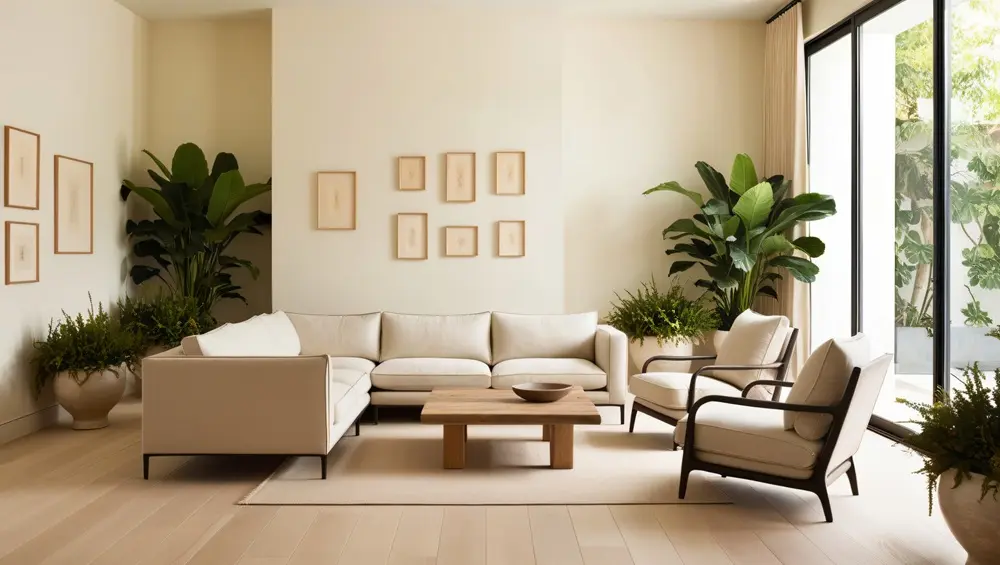
Nature is a constant theme in Japandi design. Add a breath of life with indoor plants like bonsai or a tropical plant nestled in earthy rattan or unglazed ceramic planters. These elements, in muted, natural tones, harmonize effortlessly with the design's clean lines. A large window dressed with sheer curtains allows plenty of natural light, enhancing the greenery.
5 Common Japandi Living Room Mistakes and How to Avoid Them
1. Over-Minimalizing the Space
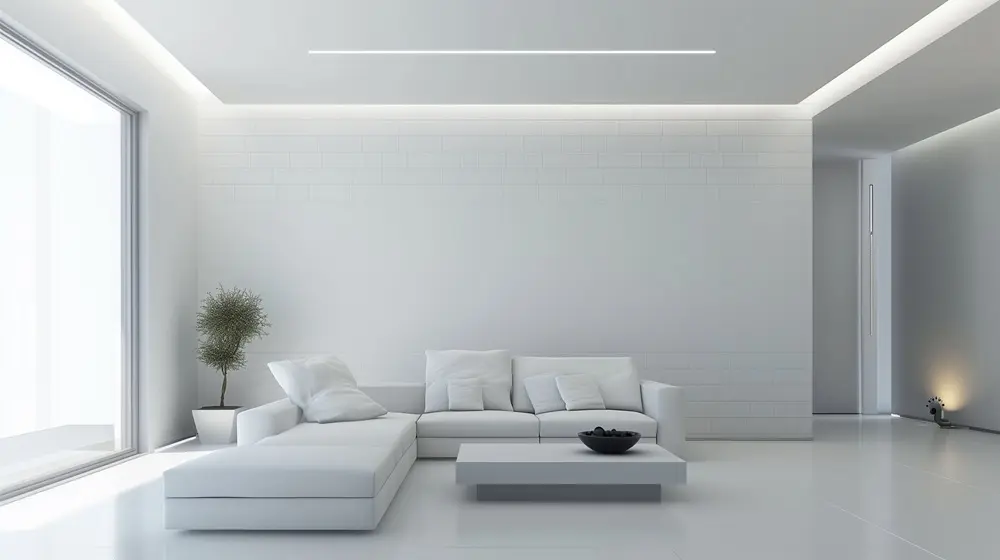
Common Oversight: One of the biggest misconceptions about Japandi style is that it should be as empty as possible. In trying to achieve minimalism, some homeowners remove nearly everything from the room, resulting in a space that feels stark, cold, and devoid of personality. This is often a misunderstanding of minimalism as absence rather than intention.
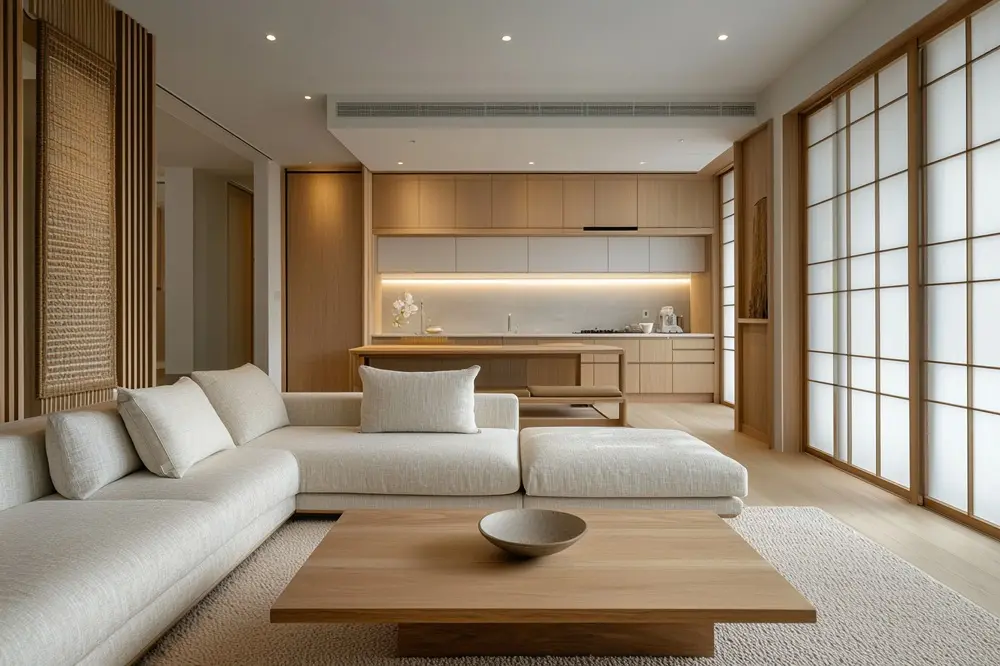
Adjustment: Japandi minimalism is about making careful choices and living with purpose. Incorporate textured textiles like wool throws, linen cushions, and woven rugs. Layer lighting and add a few warm-toned accents to balance the minimalism. A minimal space should still feel lived-in and welcoming, not like a showroom or an empty box.
2. Ignoring Functionality
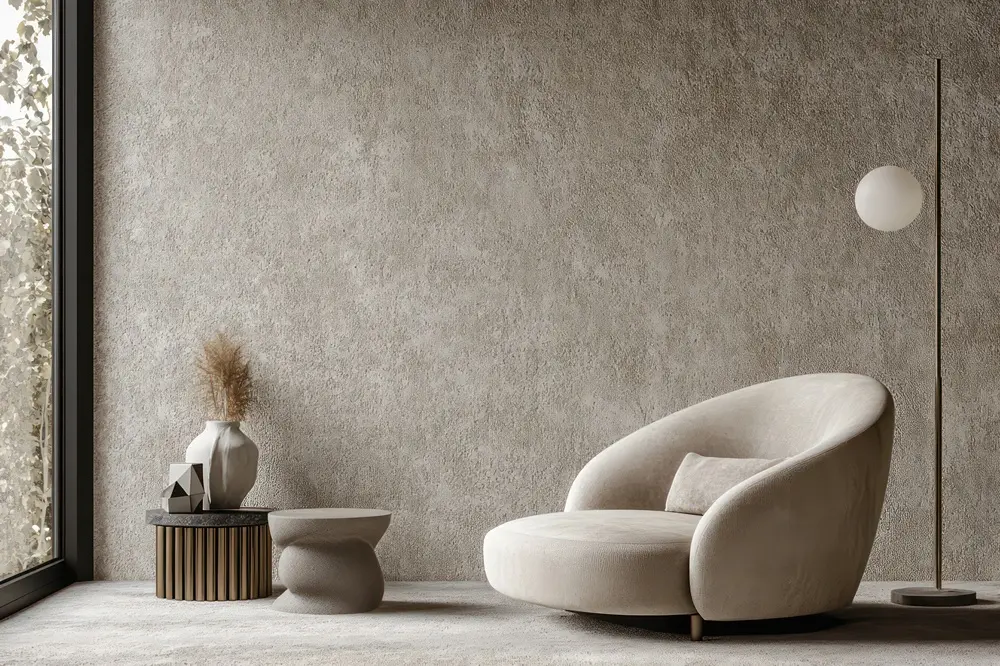
Common Oversight: A prevailing design pitfall is focusing so much on achieving the "Japandi look" that homeowners overlook how the space will actually function day-to-day. This might mean buying a low-profile sofa that looks great but feels stiff and uninviting, or choosing a coffee table that is visually striking but not practical for daily use.
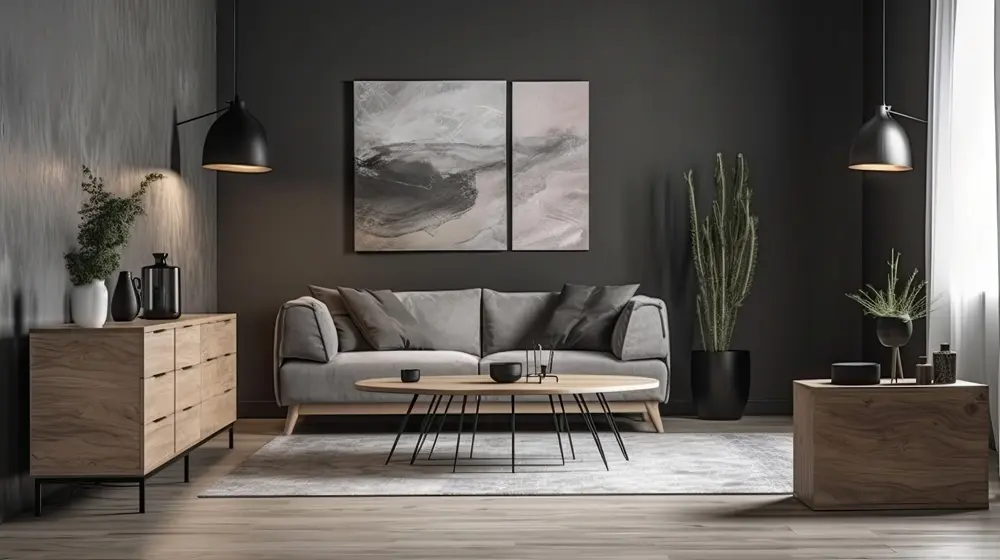
Adjustment: Japandi is rooted in everyday life. It values comfort and usability as much as aesthetics. Choose furnishings that suit your lifestyle—modular seating for a family, smart storage for small apartments, or work-friendly layouts if the living room doubles as a workspace. Functionality supports peace of mind, which is at the heart of Japandi design.
3. Using Too Many Scandinavian Elements

Common Oversight: While Japandi is a blend, it is easy to overemphasize one side, often the Scandinavian. The living room in the image, for example, highlights this tendency with its abundance of light gray upholstery, pale woods, bright pastel-toned cushions, and an overall airy, hygge-inspired aesthetic. While inviting, this space downplays the Japanese sensibilities that give Japandi its soulful, grounded character. The result is a room that feels more Scandinavian-modern than Japandi, missing the depth and quiet elegance of Japanese design.
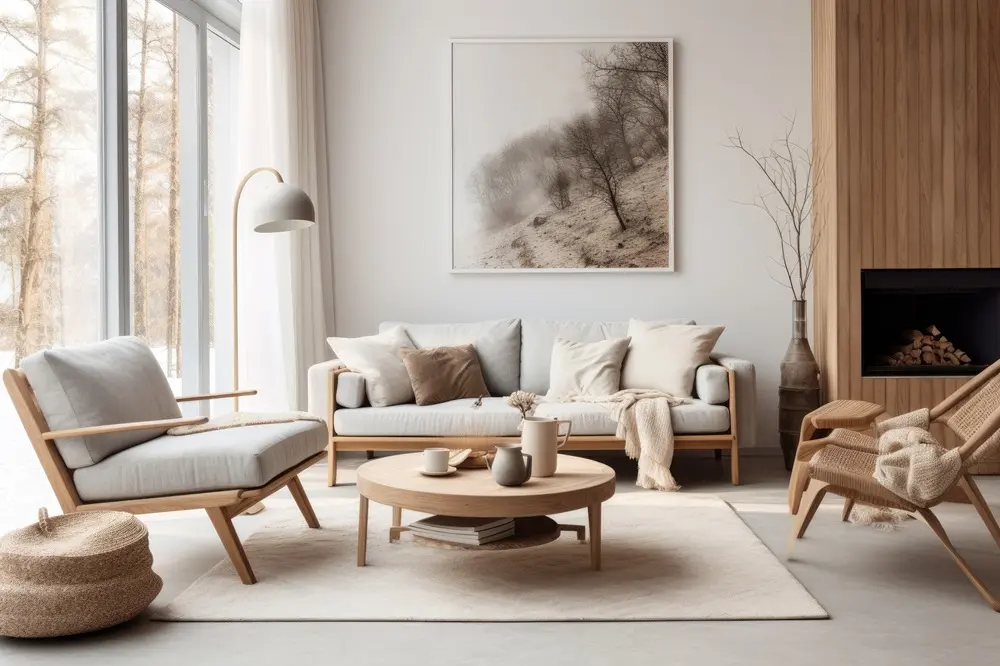
Adjustment: To restore balance and strengthen the Japanese influence in this Japandi space, focus on thoughtful, subtle adjustments rather than adding more furniture. Begin by introducing key Japanese elements such as low-profile aesthetics, natural materials, and the wabi-sabi philosophy—embracing imperfection and simplicity. Swap bright cushion covers for ones in muted Japandi tones like sand or charcoal. Tidy the open shelves by storing items in wooden boxes or rattan baskets for a cleaner, more minimalist look. Replace some decorative clutter with handcrafted elements like a wabi-sabi ceramic piece or a single ikebana flower arrangement. These small adjustments ground the lightness of Scandinavian design with Japanese warmth and intentionality.
4. Clashing Furniture Styles
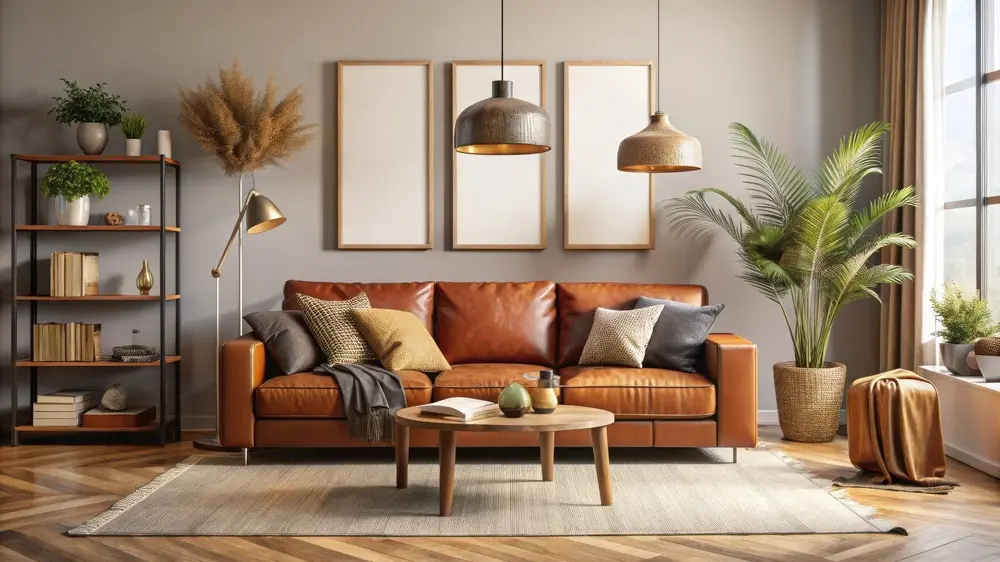
Common Oversight: In pursuit of personal flair or budget-friendly shopping, it is tempting to mix Japandi pieces with items from other design movements such as a sleek leather sofa, industrial shelving, mid-century modern lighting, and more. While eclecticism can work in some styles, Japandi thrives on cohesion and clarity. Mixing too many unrelated styles creates visual noise and undermines the calm atmosphere.
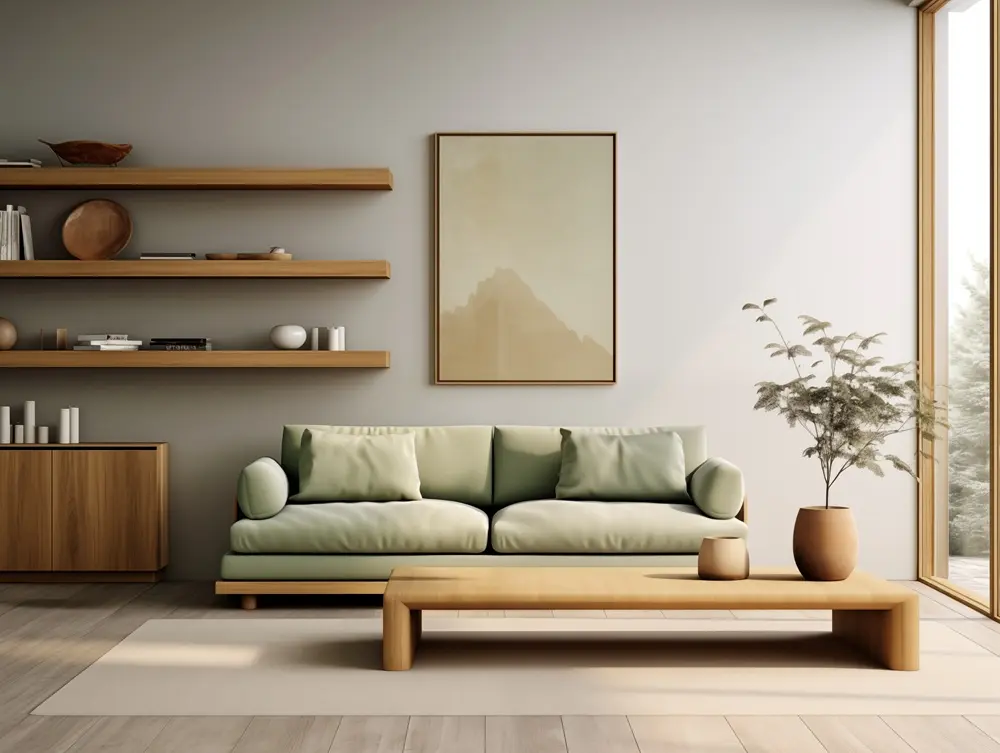
Adjustment: Stay consistent with material choices, shapes, and tones. Japandi furniture often features soft edges, low profiles, and natural finishes. Stick to a restrained palette and avoid overly decorative or ornate details. If you are blending styles, do it with intention—perhaps one vintage item paired with an otherwise cohesive Japandi set, or a subtle industrial lamp in a space with otherwise natural materials. Use these contrasts sparingly to add character without disruption.
5. Poor Lighting Choices
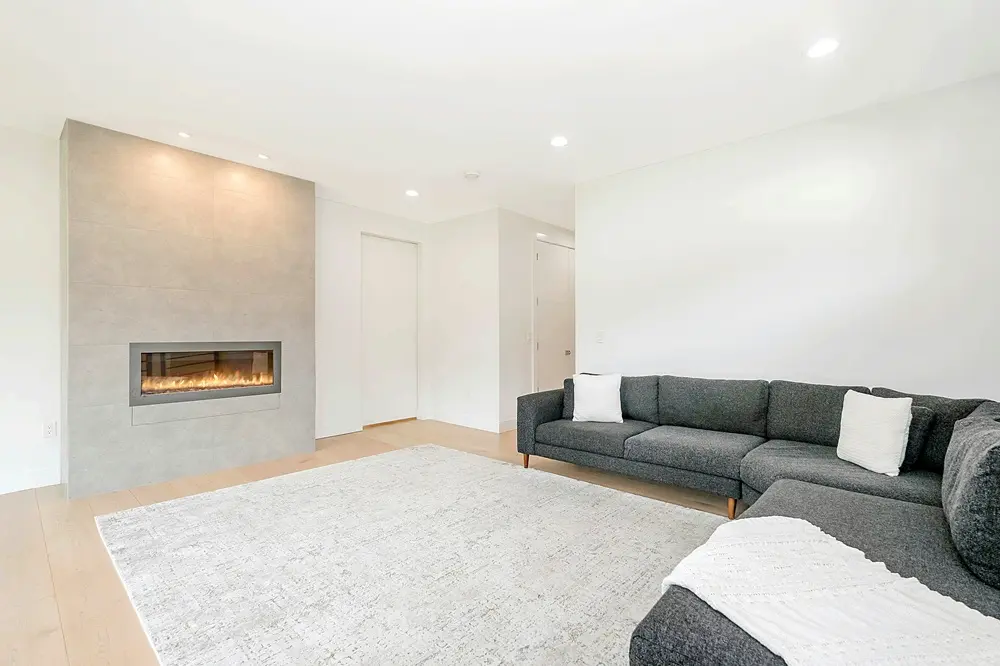
Common Oversight: Lighting is frequently an afterthought in interior design, but in Japandi spaces, it plays a central role. Bright, white overhead lights or stark LEDs can break the mood, creating glare and tension rather than the soft ambiance Japandi is known for. Another common pitfall is the potential reliance on just one or two light sources, which could leave corners in shadow and flatten the carefully curated textures of wood and linen.

Adjustment: Japandi lighting should mimic nature—soft, indirect, and dynamic. Use layered lighting with a combination of floor lamps, wall sconces, and table lights. The warm color temperature (2700K-3000K) is perfect, especially when paired with organic materials. Imagine a rattan floor lamp casting woven shadows or a paper-shaded pendant mimicking the soft diffusion of sunlight through shoji screens. Think of lighting as emotional design: it should comfort, calm, and cocoon the room in a gentle glow.
Creating a Japandi Living Room That Lasts
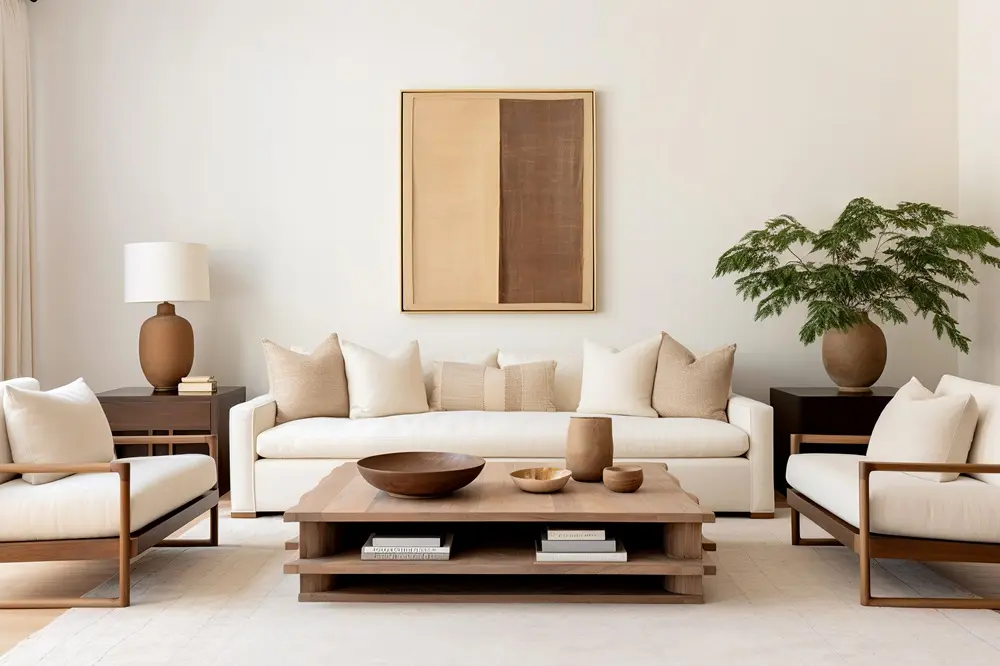
Japandi living room design is more than a visual trend—it is a philosophy that celebrates calm, clarity, and quality. By combining the serene elegance of Japanese interiors with the cozy practicality of Scandinavian spaces, Japandi offers a path to a more mindful and harmonious home.
With the right mix of low-profile furniture, earthy tones, soft lighting, and mindful decor, you can create a Japandi space that reflects both elegance and ease. And by avoiding common pitfalls like over-minimalism or mismatched styles, you will ensure your living room not only looks beautiful but feels like a true retreat.

